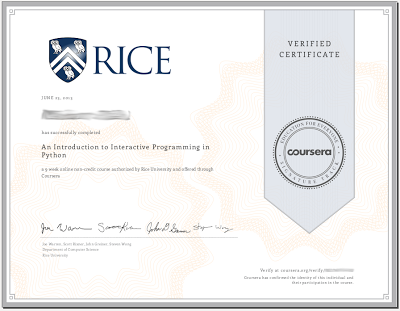How to install and use Python IDLE
To get started with Python follow these steps :-
- Visit https://www.python.org/download/ and click on the link as shown below. Be sure that you download Python 2.7.7 and as that is what is used in CBSE schools.
- Launch the installation file ("python-2.7.7.msi") after it's downloaded and install Python.
- To launch IDLE, see the below image.
- If you see something like the screenshot below, then you are ready to go.
"Python is a language, then how are we opening Python ?". Python is a language not a consumer software. The notepad-like software that you see on your screen is actually IDLE. IDLE stands for Integrated Development Environment which means that IDLE is actually a software that provides programmers ,easier learning of Python. This explains why you can even run Python programs using command line without using IDLE.
IDLE has two modes Interactive and Script mode ; -
Interactive mode :- This mode is used to execute programs line by line..
Script Mode :- This mode is used to write long programs and run it afterwards.
For example :- In the below screenshot (Input is represented by red arrow and Output by green arrow), we see input is followed by output in Interactive Mode but in Script mode all inputs are written together and executed line by line separately.
Thus we come to an end of this tutorial. In the next tutorial, we will be using Python as an Calculator and work in Interactive and Script modes.
To ask any doubts/queries or give your suggestions, just comment below. And if you feel that this tutorial has helped you, please share and comment.
P.S. - If you don't want to comment through your Google account, you can always comment as anonymous.
P.S. - If you don't want to comment through your Google account, you can always comment as anonymous.




























